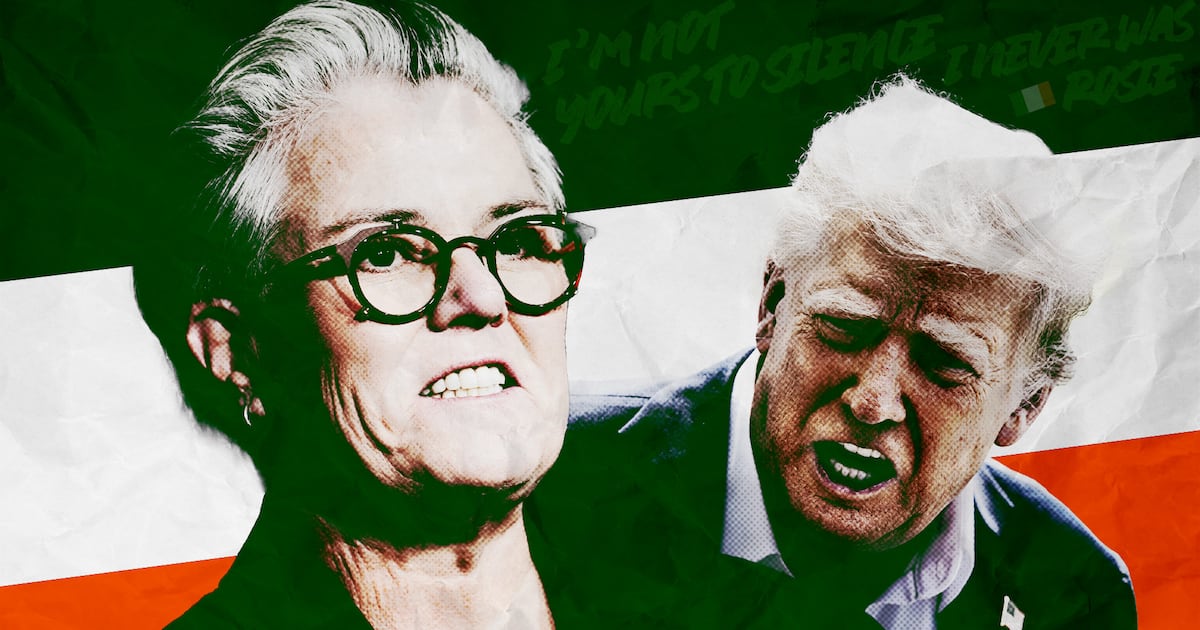"Your honor, the defense rests."

And with those words, John Edwards's lead attorney ended the defense’s case of the former senator and two-time presidential hopeful against a six count federal indictment of campaign-finance violations.
Abbe Lowell and his team called just seven witnesses to the stand—and, in a stunning development, there was...





